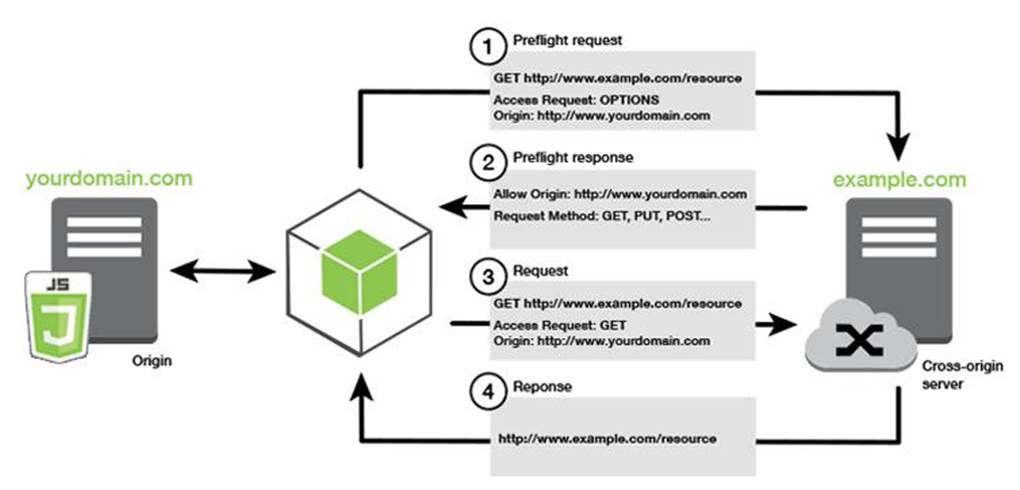Which of the following options is the MOST suitable solution that you should implement for this scenario?
A Solutions Architect is hosting a website in an Amazon S3 bucket named tutorialsdojo. The users load the website using the following URL: http://tutorialsdojo.s3-website-us-east-1.amazonaws.com and there is a new requirement to add a JavaScript on the webpages in order to make authenticated HTTP GET requests against the same bucket by using the Amazon S3 API endpoint (tutorialsdojo.s3.amazonaws.com). Upon testing, you noticed that the web browser blocks JavaScript
from allowing those requests.
Which of the following options is the MOST suitable solution that you should implement for this scenario?
A . Enable cross-account access.
B . Enable Cross-Region Replication (CRR).
C . Enable Cross-Zone Load Balancing.
D . Enable Cross-origin resource sharing (CORS) configuration in the bucket.
Answer: D
Explanation:
Cross-origin resource sharing (CORS) defines a way for client web applications that are loaded in one domain to interact with resources in a different domain. With CORS support, you can build rich client-side web applications with Amazon S3 and selectively allow cross-origin access to your Amazon S3 resources.

Suppose that you are hosting a website in an Amazon S3 bucket named your-website and your users load the website endpoint http://your-website.s3-website-us-east-1.amazonaws.com. Now you want to use JavaScript on the webpages that are stored in this bucket to be able to make authenticated GET and PUT requests against the same bucket by using the Amazon S3 API endpoint for the bucket, your-website.s3.amazonaws.com. A browser would normally block JavaScript from allowing those requests, but with CORS you can configure your bucket to explicitly enable cross-origin requests from your-website.s3-website-us-east-1.amazonaws.com.
In this scenario, you can solve the issue by enabling the CORS in the S3 bucket. Hence, enabling Cross-origin resource sharing (CORS) configuration in the bucket is the correct answer.
Enabling cross-account access is incorrect because cross-account access is a feature in IAM and not in Amazon S3.
Enabling Cross-Zone Load Balancing is incorrect because Cross-Zone Load Balancing is only used in ELB and not in S3.
Enabling Cross-Region Replication (CRR) is incorrect because CRR is a bucket-level configuration that enables automatic, asynchronous copying of objects across buckets in different AWS Regions. References:
http://docs.aws.amazon.com/AmazonS3/latest/dev/cors.html https://docs.aws.amazon.com/AmazonS3/latest/dev/ManageCorsUsing.html
Latest SAA-C03 Dumps Valid Version with 400 Q&As
Latest And Valid Q&A | Instant Download | Once Fail, Full Refund

